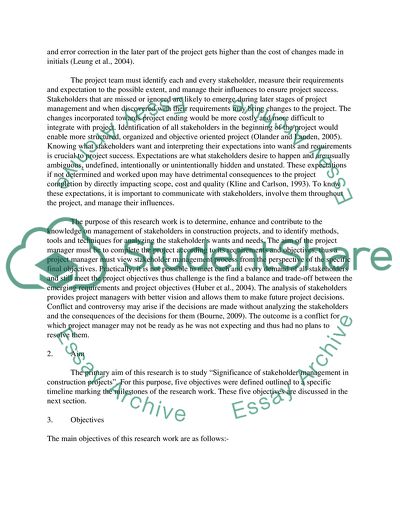Cite this document
(“Significance of stakeholder management in construction projects Essay”, n.d.)
Retrieved from https://studentshare.org/engineering-and-construction/1431651-a-dissertation-for-msc-construction-project-management
Retrieved from https://studentshare.org/engineering-and-construction/1431651-a-dissertation-for-msc-construction-project-management
(Significance of Stakeholder Management in Construction Projects Essay)
https://studentshare.org/engineering-and-construction/1431651-a-dissertation-for-msc-construction-project-management.
https://studentshare.org/engineering-and-construction/1431651-a-dissertation-for-msc-construction-project-management.
“Significance of Stakeholder Management in Construction Projects Essay”, n.d. https://studentshare.org/engineering-and-construction/1431651-a-dissertation-for-msc-construction-project-management.


